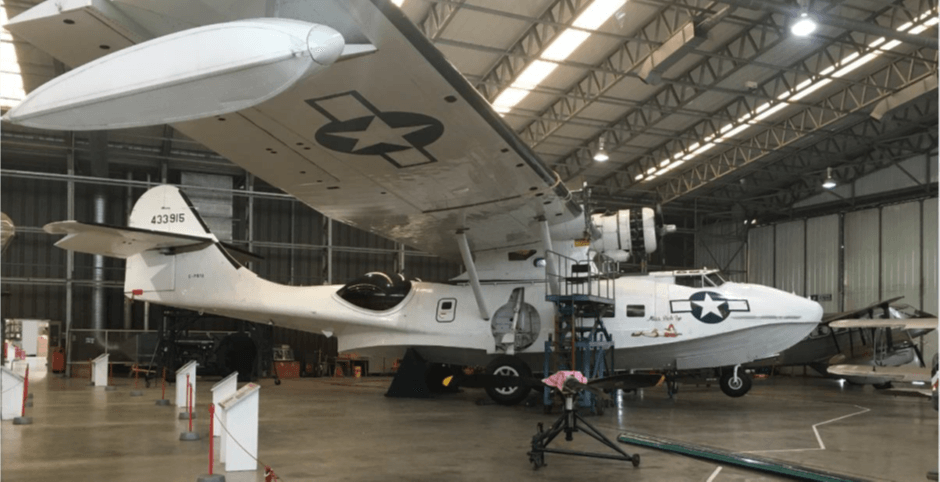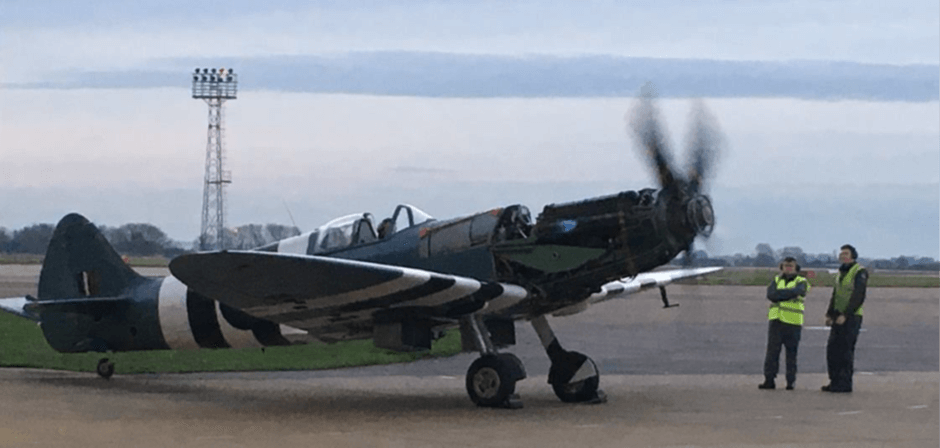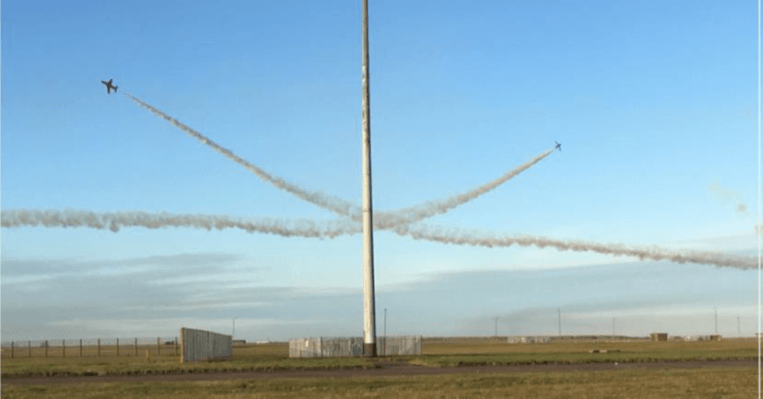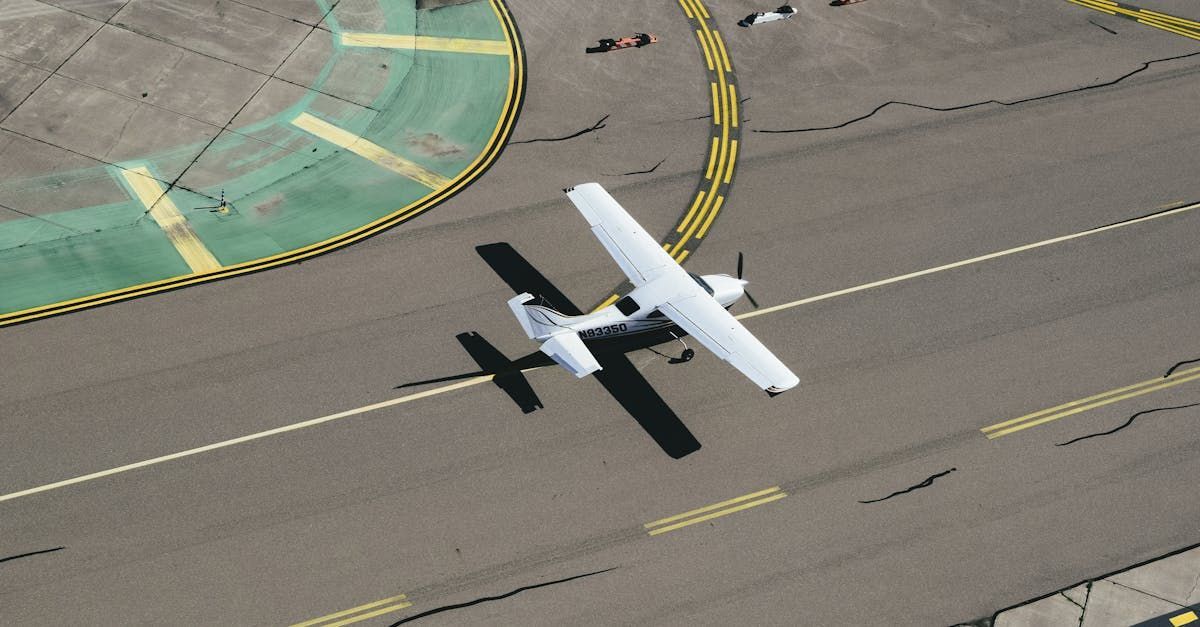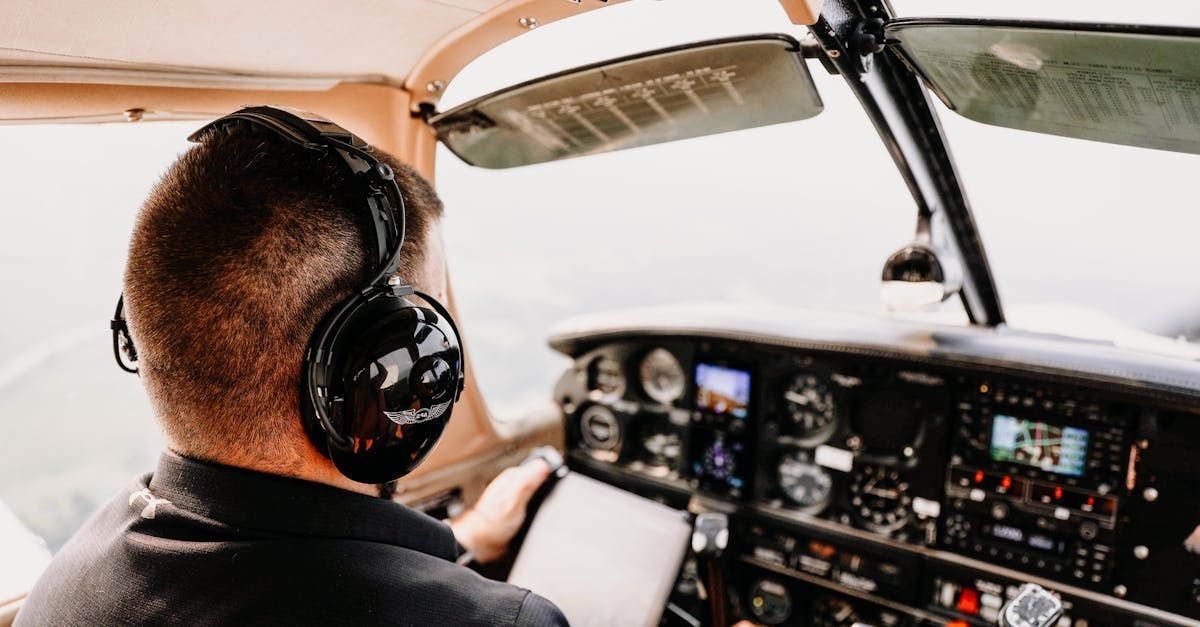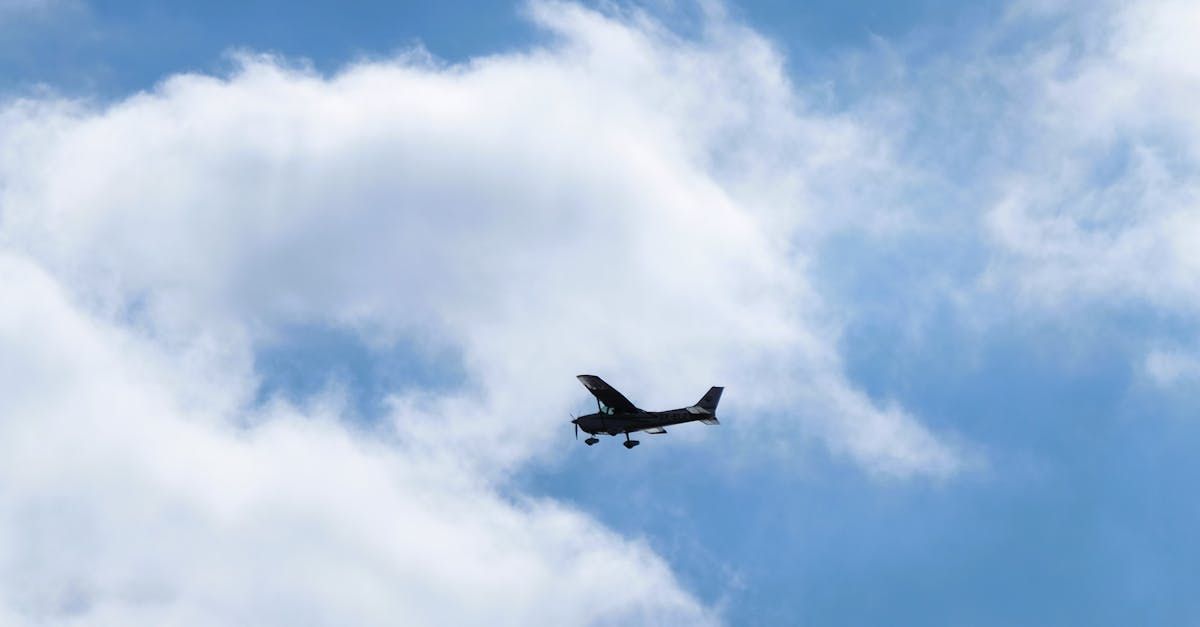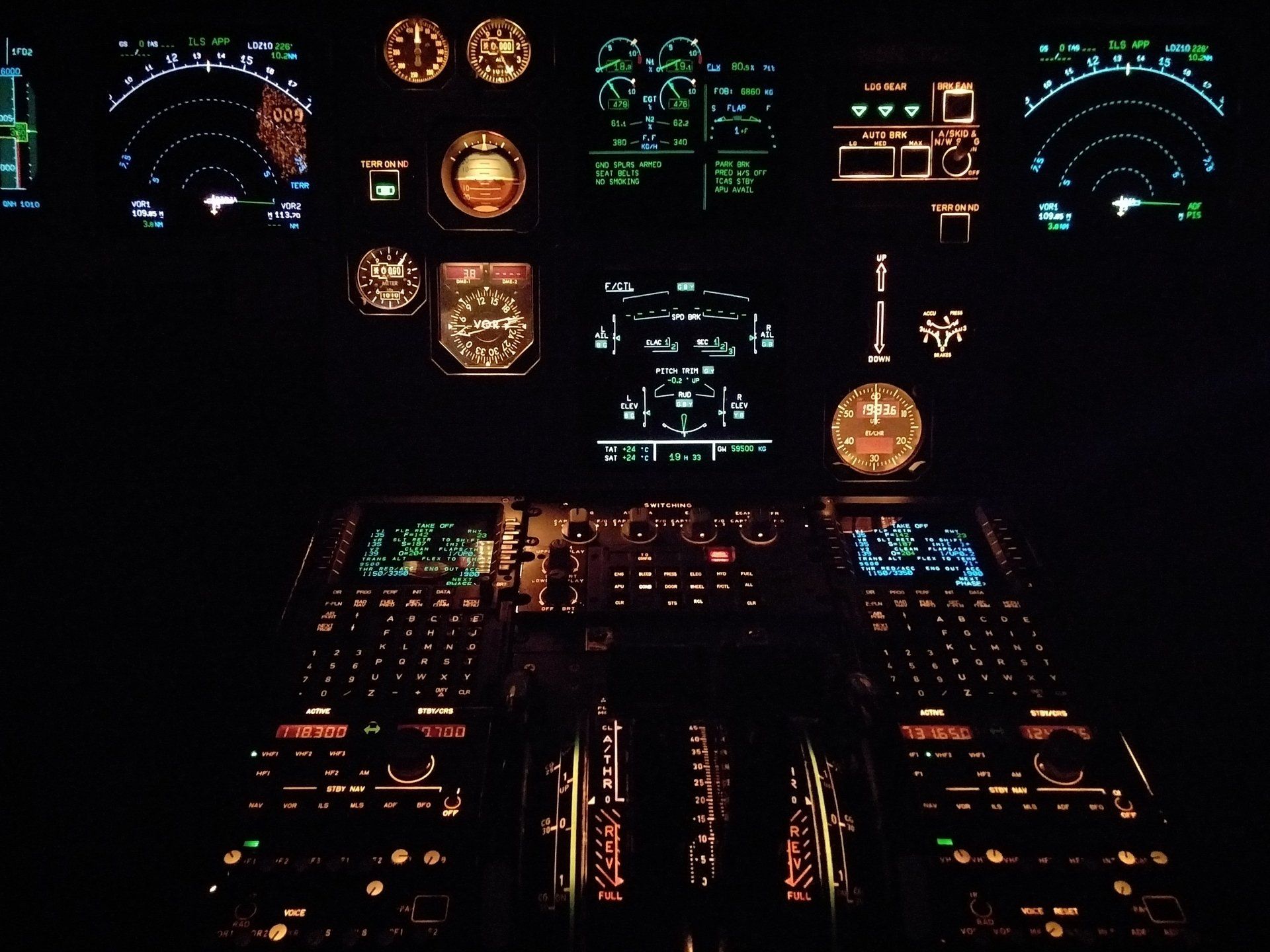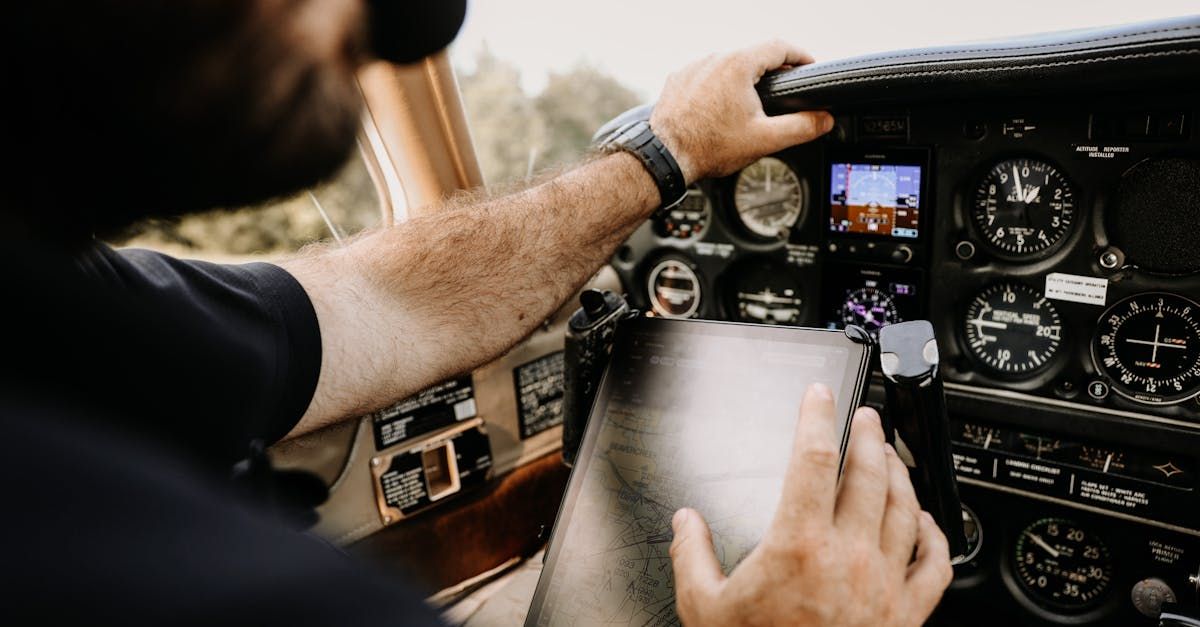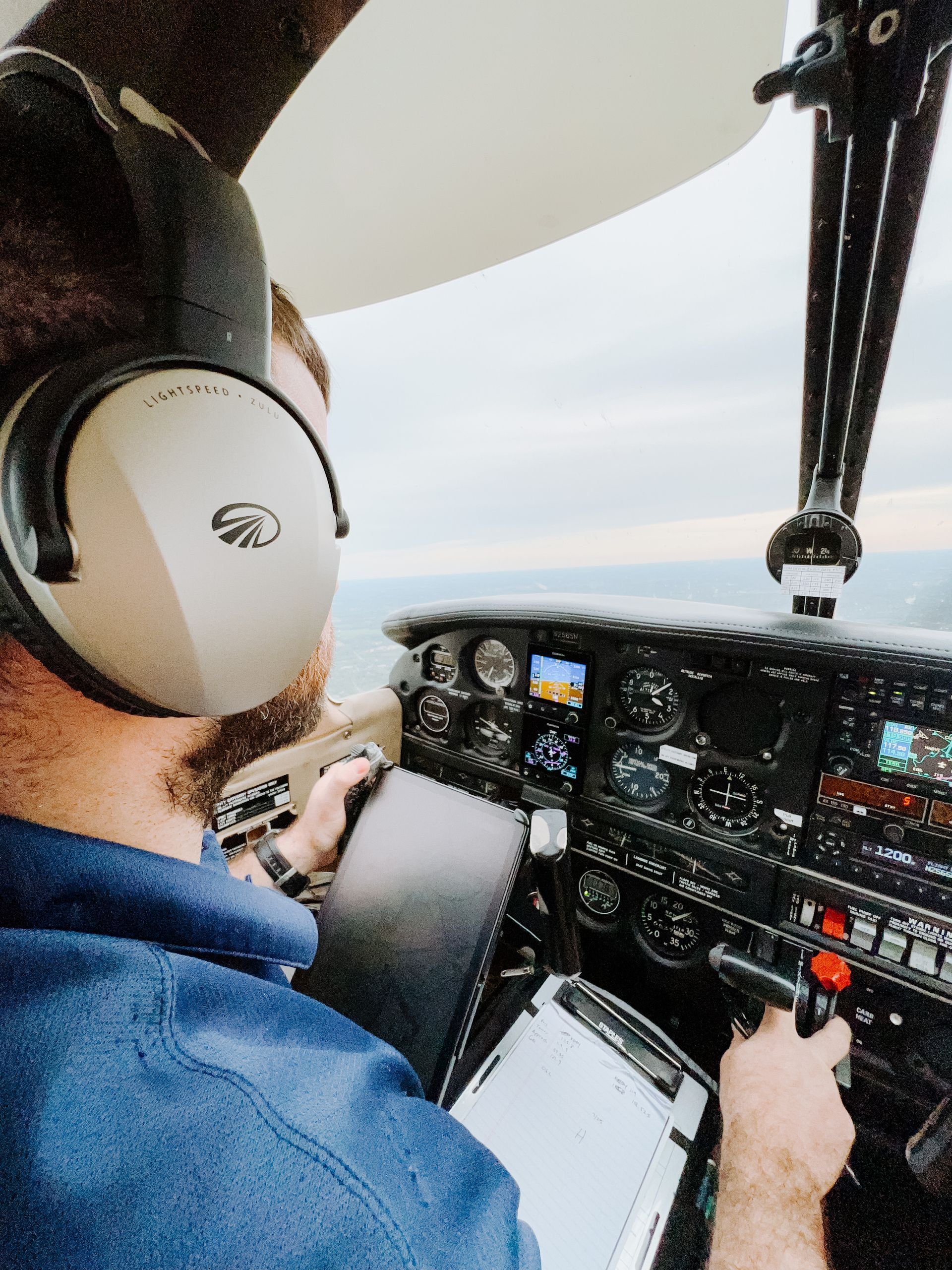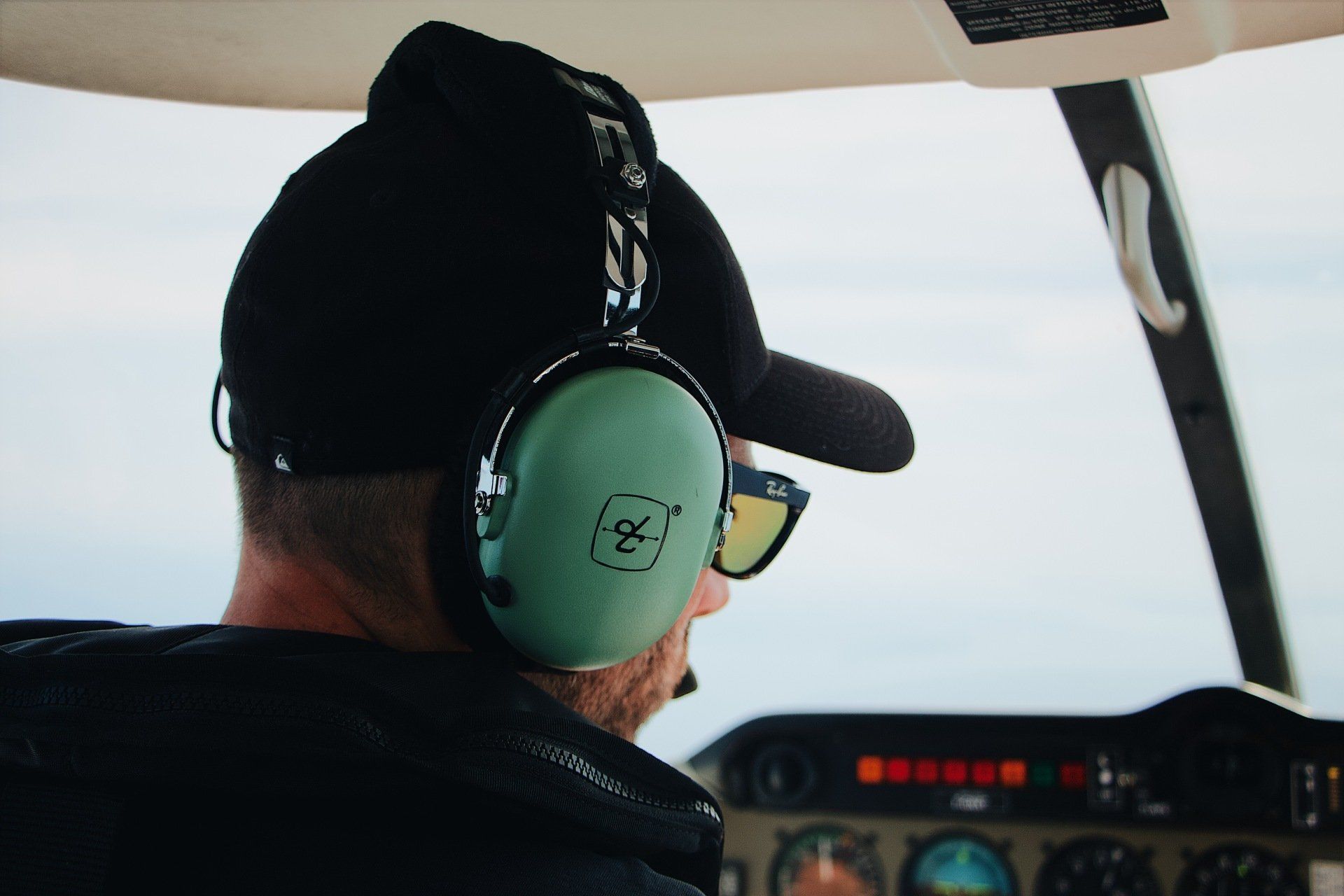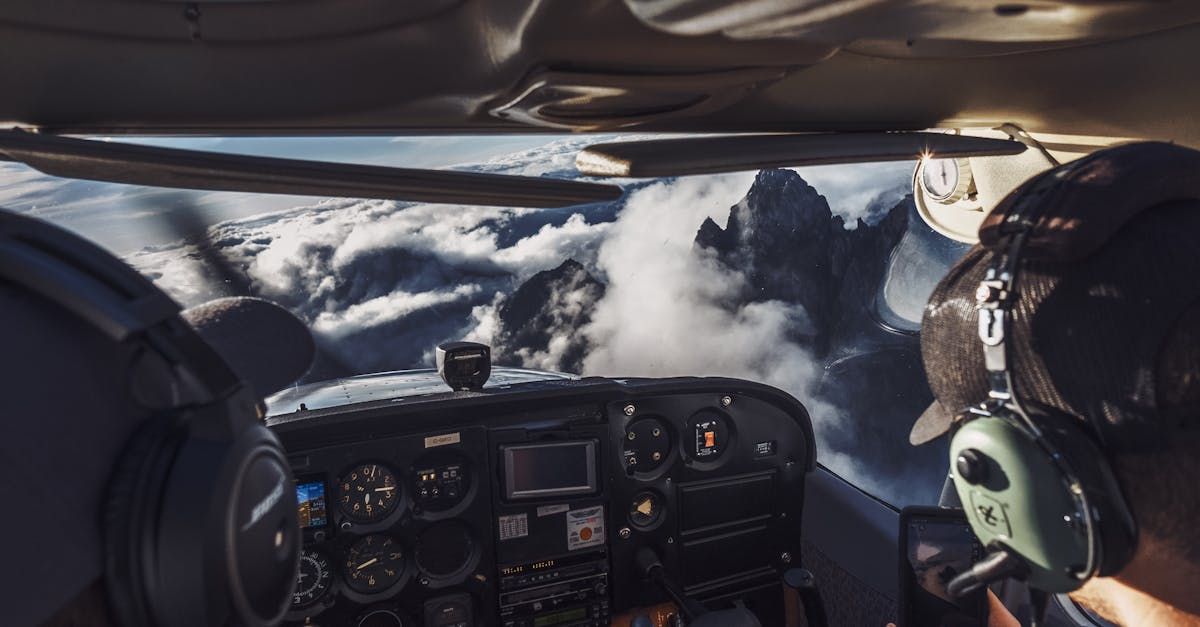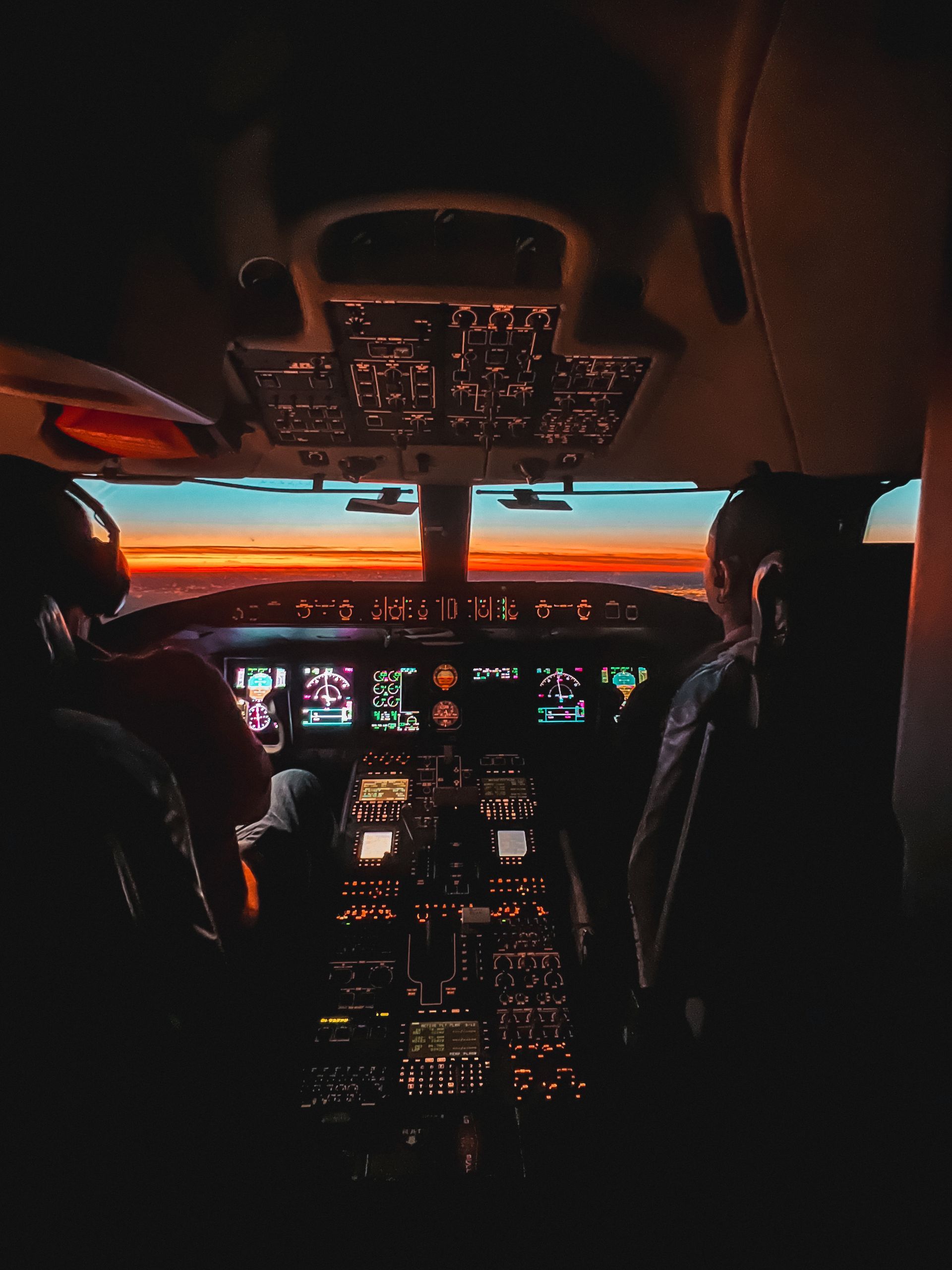Royal Airforce Museums
Shane Thurston • March 16, 2020
Shane's UK aviation tour
On a recent working trip to the UK I had the opportunity to visit several aviation museums. So here’s some tips if you plan to visit the UK.
Royal Airforce Museum, Hendon
About 40 minutes north of London by car or bus. Free entry, but they do ask for a donation.
They have over 100 fully restored aircraft from the early pioneer days through both world wars and to today. Mainly focused on British aircraft but they also have a fine collection of USAF and captured WW2 German Aircraft. I spent the best part of a day here.
Royal Airforce Museum, Cosford
Around 3 hour drive north of London by car. Free entry, but they do ask for a donation.
Cosford is basically an extension of Hendon. It houses many of the larger Transport and bomber type aircraft as well as the obscure stuff like one-off test aircraft, new designs that never went into production, rockets and missiles. Probably not worth the drive just for this unless you are passionate, but a good stop for a couple of hours if you are travelling North towards Manchester or Liverpool.
Imperial War Museum, Duxford
Around a 2 hour drive North-East of London by car near Cambridge.
Entry is £20. You can also join the Imperial War Museum for £35. This gives you unlimited entry for 12 months at Duxford, HMS Belfast, Churchill War rooms and the London Imperial War Museum. If you have the time pay the £35 and visit the lot.
Duxford was by far my favourite, in fact I spent all day there and then went back for another full day a couple of weeks later.
Ex RAF Duxford still retains many of the WW2 hangers and buildings. There are many restored aircraft on display as well as access to the private Warbird hangers and the restoration workshops. Some of the larger aircraft are also open for a walk through such as the Concorde, Comet, and by appointment the Lancaster.
There are three museums in Lincolnshire worth a visit
About 3 hours north of London by car. RAF Scampton is the home of 617 squadron (The Dambusters). This little Museum is run by a group of passionate retirees. It is only open Mon-Fri and is on the RAF base so you need to book 14 days in advance to allow time for a security check to be done. It’s worth the effort if you are interested in the Dambusters. Guy Gibson’s office is still as he left it in 1943 and Nigger’s grave is well maintained. There is a fair bit of Memorabilia but not much in the way of aircraft. If you are lucky you may see the Red Arrows practicing. They are in the air most days of the year.
Lincolnshire Aviation Heritage Centre, East Kirby
Ex WW2 RAF base. It has been kept in its WW2 configuration. It is home of the Lancaster known as Just Jane
which spent some time with the RAAF in Australia. I visited in winter during their maintenance period but if you visit in Summer you can go for a taxi ride for £300.
Battle of Britain Memorial Flight Centre
The Battle of Britain Memorial Flight Centre is the home of 1 of only 2 remaining airworthy Lancasters (the other is in Canada). They also have a collection of Spitfires, Hurricanes and a DC3. For those of you familiar with the movie “Spitfire” hosted by the DDAC, these are the Spitfires in the movie. In Summer the Memorial Flight perform fly-overs at many major historic events and air shows in the UK. Like everything else in the UK, in winter they are in pieces.
Shane Thurston
DDAC Member
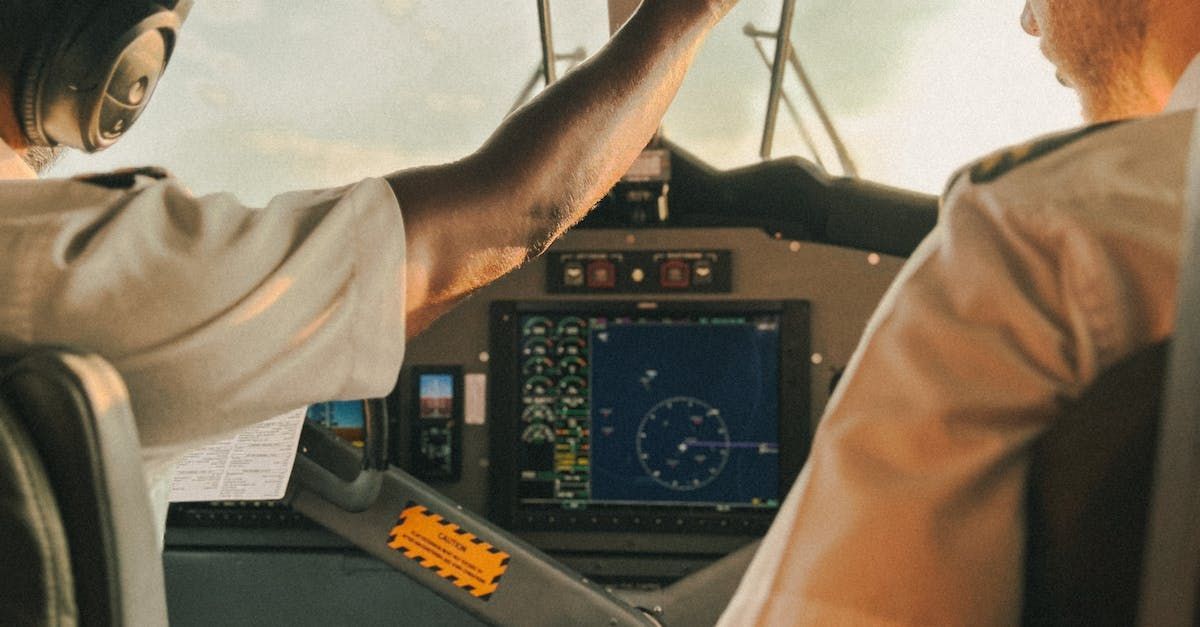
It is possible for pilots to fly in conditions below visual flight regulations if they have earned an instrument rating (VFR). Here is an introduction to instrument rating and the skills you'll need to get started: What does Instrument Rating mean? An Instrument Rating (IR), a supplemental certification, allows pilots to fly in conditions where visual reference to the ground is lost, such as fog or clouds. All instruments, such as the altimeter, airspeed indicator, and attitude indicator, are used during flight training for pilots with an IR. Instrument Rating Requirements Before getting an instrument rating, a pilot must have either a private pilot's license (PPL) or a commercial pilot's license (CPL), as well as a certain number of flight hours and cross-country flight experience as a pilot in command. How Exactly Does One Train? Gaining an instrument rating requires both classroom study and in-flight experience. Instrument flying regulations (IFR), instrument approach procedures, and the proper use of navigational aids are just some of the topics covered in ground schooling. With a hood or other obstruction in place, the pilots will learn to fly in what is called "Instrument Meteorological Conditions" (IMC). Instrument Rating Test Once the training is complete, the pilot must take and pass a written and practical exam for an instrument rating. The written test checks how much you know about weather, navigation, and the rules. The required number of hours in the air with an examiner shows how well you can fly safely and competently in a variety of conditions. Benefits of an Instrument Rating Getting an instrument rating is very helpful for pilots because it lets them fly in more situations and makes them feel safer while doing so. Pilots with an instrument rating can apply for jobs with airlines and other businesses in the commercial aviation sector. Keep Your Instrument Rating Intact greatly Pilots must go through training and flight reviews every six months to a year to keep their instrument ratings up to date. This makes sure that pilots have access to the most up-to-date information and can fly safely in any condition. Getting an instrument rating is usually good for pilots because it gives them more options in the aviation industry. With hard work and training, any pilot can improve their skills and earn an instrument rating.

